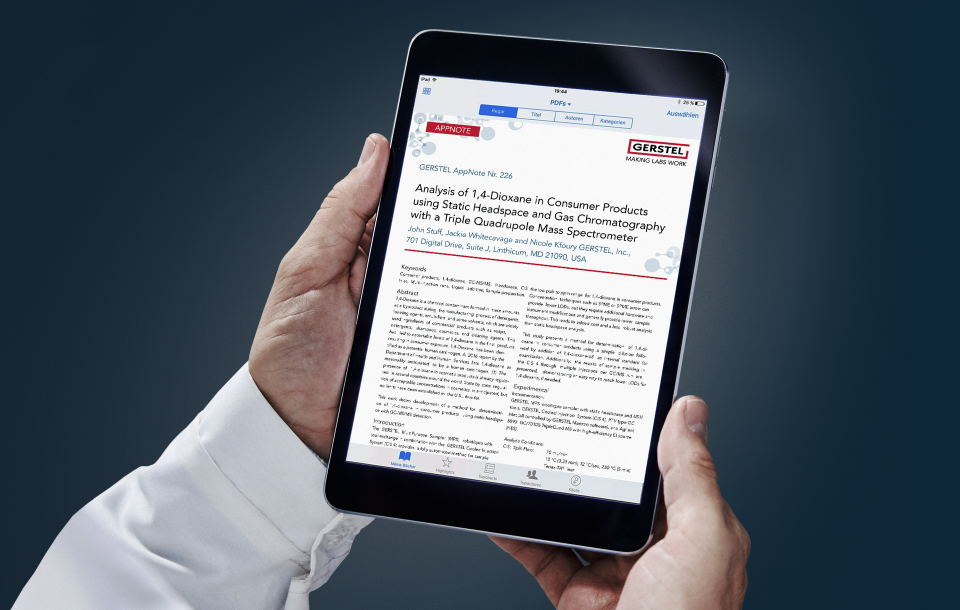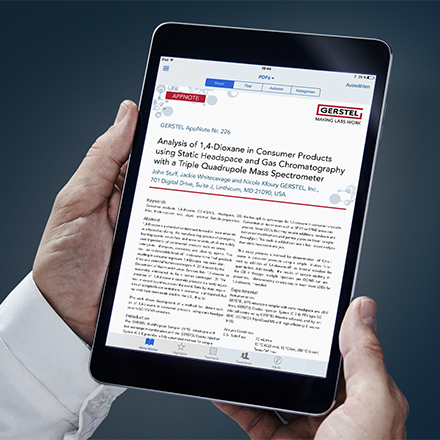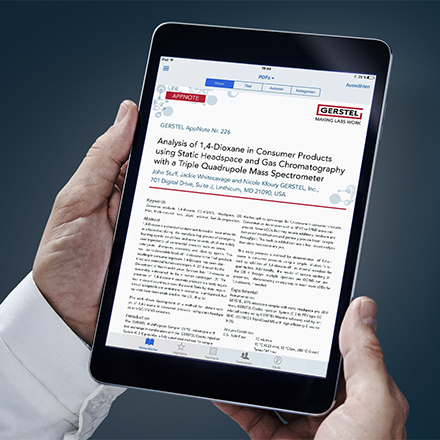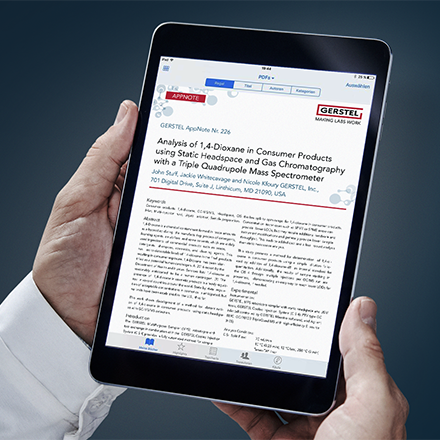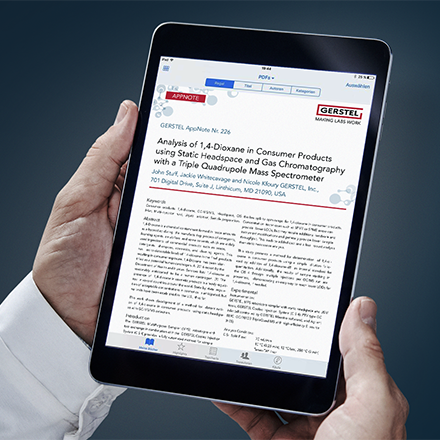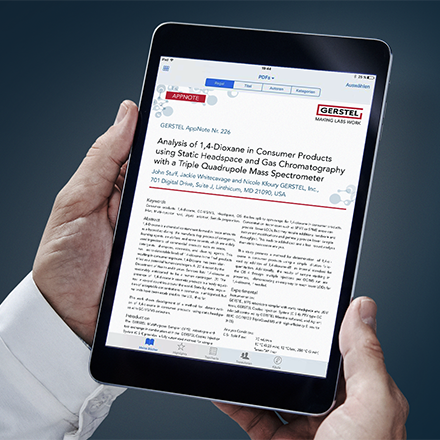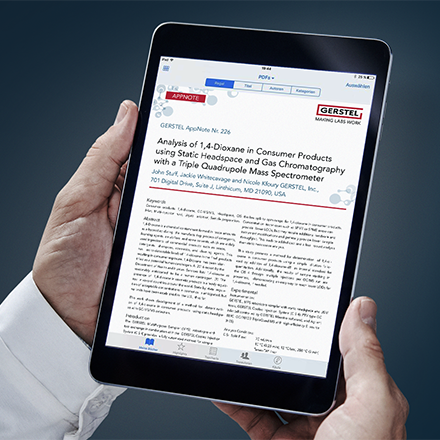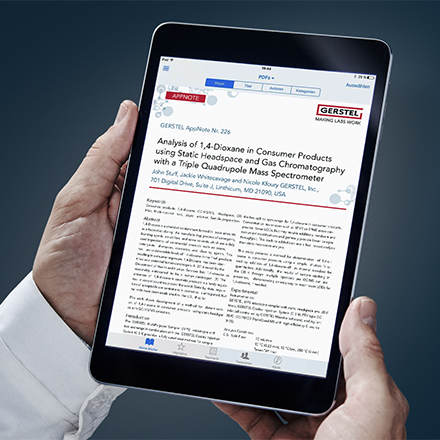3-MCPD and Glycidol and especially their fatty acid esters are process contaminants that are formed, for example, when edible oils and fats are refined. At least some of the above-mentioned substances are classified as potential human carcinogens, a fact which has prompted the introduction of rules and regulations that specify tolerable daily intake values and maximum levels in edible oils.
Different analytical methods are available for the determination of these compounds. These methods follow two different strategies: Direct determination or, more commonly, indirect determination of the contaminants. This AppNote describes a solution for fully automated determination of 3-MCPD and Glycidol in edible oils based on the reliable indirect method DGF C-VI 18 (10), similar to the ISO 18363-1 and AOCS Cd 29c-13 methods that are essentially identical. The edible oil sample is divided into two parts (assays A and B). Both are saponified using a Sodiumhydroxymethanol solution, but different quenching methods are used.
In assay A, free Glycidol is converted to 3-MCPD using acidic quenching conditions in the presence of chloride. In contrast, for assay B, the quenching reagent is an acidic chloride free salt solution, in which free Glycidol is not converted into 3-MCPD. Following derivatization, the 3-MCPD amounts in both samples are determined by GC/MS as Phenylboronic acid (PBA) esters. Assay B is used to determine the amount of 3-MCPD in the sample while assay A provides the combined amounts of 3-MCPD and Glycidol. The amount of Glycidol is determined as the difference between the assay A and assay B results.
